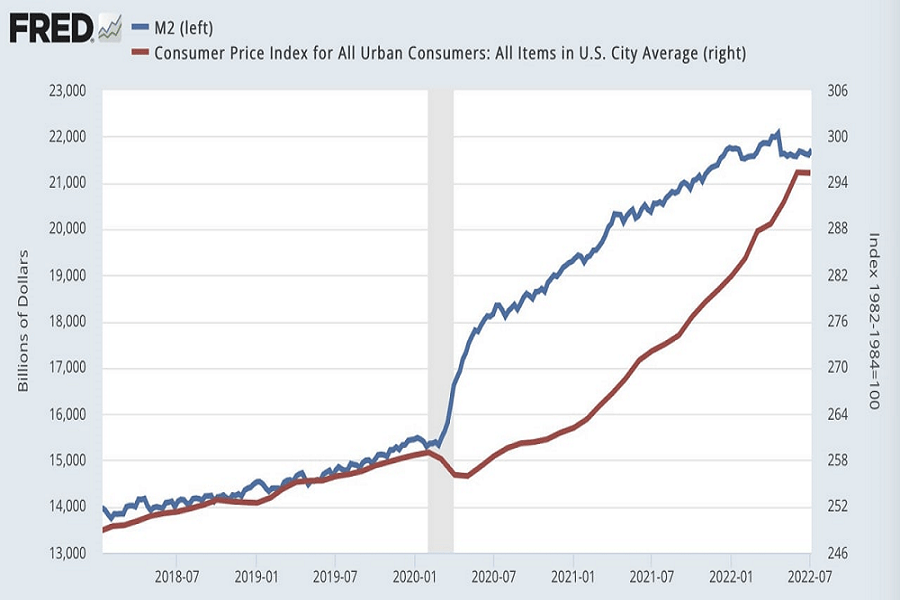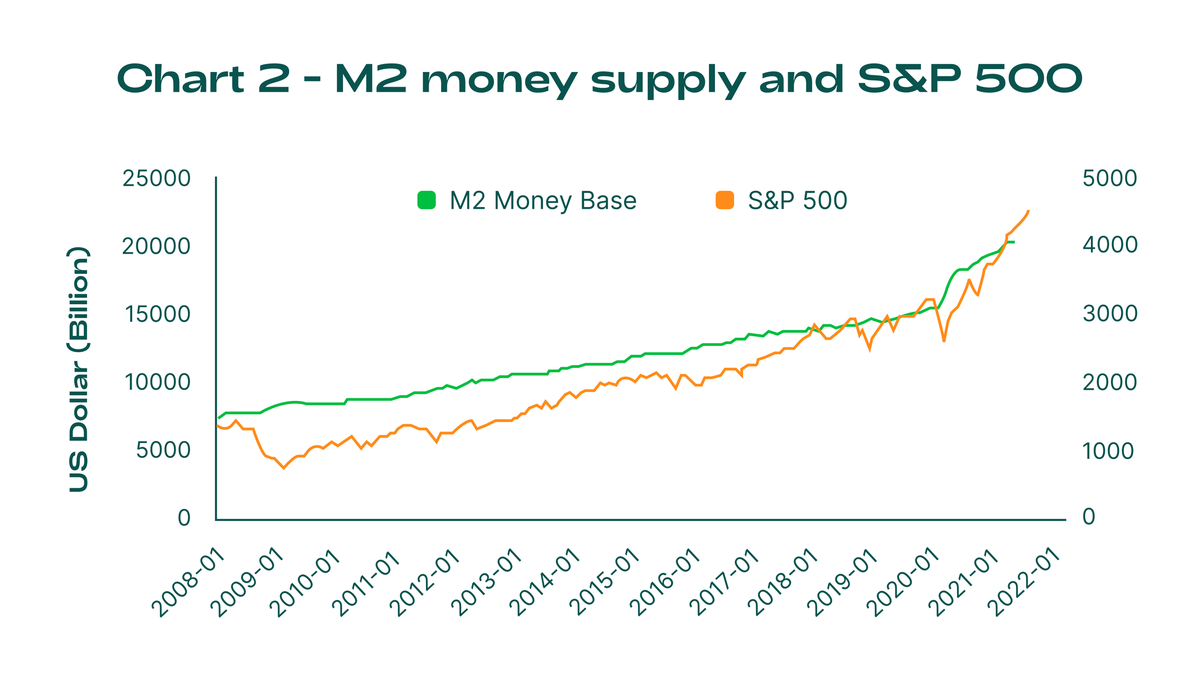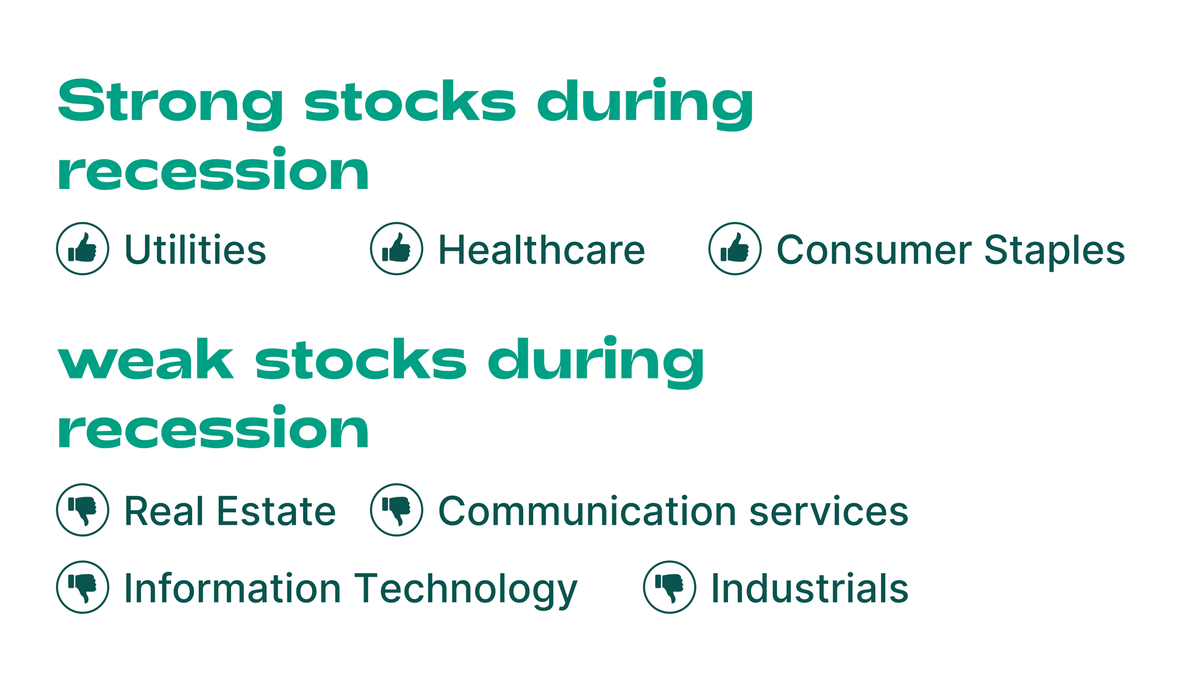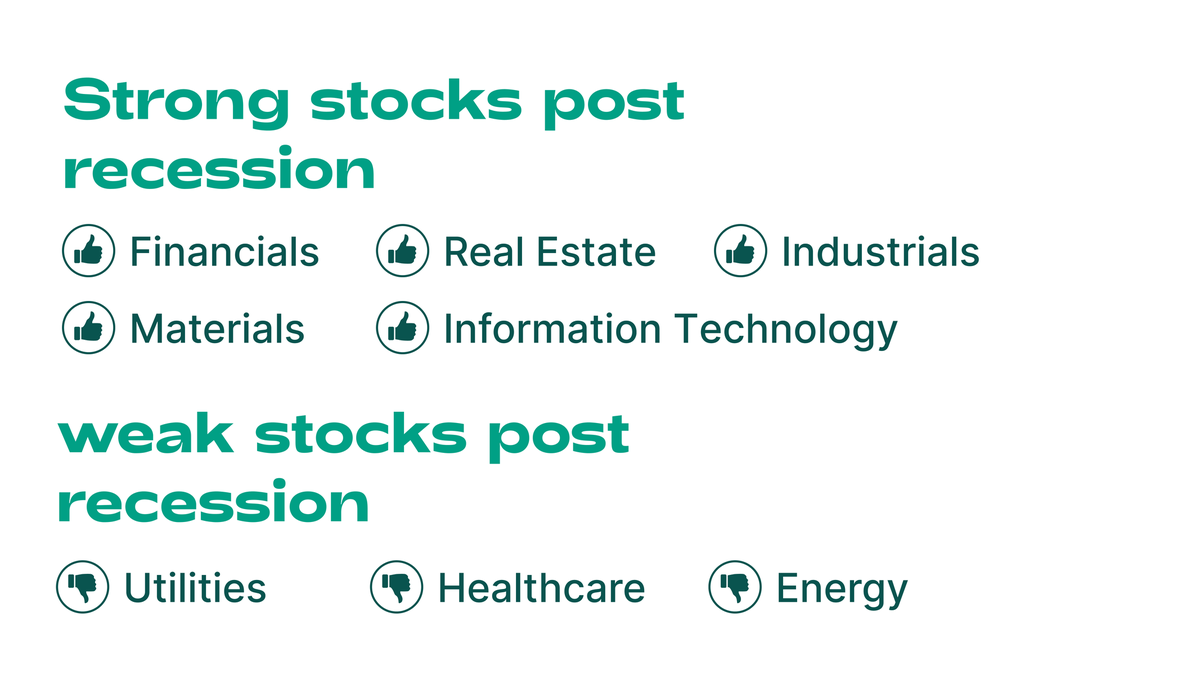
Bill Williams ist der Schöpfer einiger der bekanntesten Marktindikatoren: Awesome Oscillator, Fraktale, Alligator und Gator.

Verschwenden Sie nicht Ihre Zeit - beobachten Sie, wie die NFP den US-Dollar beeinflusst!
Hinweis zur Datenerfassung
Wir speichern Ihre Daten für den Betrieb dieser Website. Durch Drücken der Taste stimmen Sie unserer Datenschutzpolitik zu.

Forex-Buch für Anfänger
Ihr Leitfaden durch die Welt des Handels.
Überprüfen Sie Ihre Inbox!
In unserer E-Mail finden Sie das Buch Forex 101. Tippen Sie einfach auf die Schaltfläche, um es zu erhalten!
Risikowarnung: ᏟᖴᎠs sind komplexe Instrumente und bringen ein hohes Risiko mit sich, aufgrund von Hebelwirkung schnell Geld zu verlieren.
71,43 % der Privatanleger-Konten verlieren Geld, wenn sie mit diesem Anbieter ᏟᖴᎠs handeln.
Sie sollten sich überlegen, ob Sie verstehen, wie ᏟᖴᎠs funktionieren und ob Sie es sich leisten können, zu riskieren, Ihr Geld zu verlieren.
2022-12-29 • Aktualisiert
Informationen sind keine Investitionsberatung
Die Wirtschaft bewegt sich nie in einer geraden Linie. Wirtschaftswissenschaftler verbinden die wirtschaftliche Entwicklung eng mit Zyklen von Auf- und Abschwüngen. Rezessionen werden als unvermeidlicher Teil eines Konjunkturzyklus betrachtet. Von einer Rezession spricht man, wenn das BIP in zwei oder mehr aufeinanderfolgenden Quartalen sinkt. Außerdem kommt es in der Regel zu steigender Arbeitslosigkeit, sinkenden Einzelhandelsumsätzen und rückläufigen Einkommens- und Fertigungsindizes.
Heute bereitet sich fast jeder CEO in den USA auf eine Rezession vor, und die meisten Wirtschaftswissenschaftler glauben, dass ein Abschwung bald bevorsteht. Der Grund dafür ist, dass steigende Zinssätze, die durch den Inflationsschub ausgelöst wurden, das Wachstum abwürgen, indem sie die Kosten für Kreditkarten, Hypotheken, Autokäufe, Geschäftskredite und jegliche Kreditaufnahme, die eine Wirtschaft antreibt, erhöhen. Das letzte Mal, dass die Fed über einen Zeitraum von 12 Monaten so viel Schmerz verursachte, war im Jahr 1980, was zu einem schweren Wirtschaftsabschwung führte.
In den europäischen Ländern ist die Situation noch schlimmer, da die Wirtschaft zusätzlich zu den hohen Zinsen mit den hohen Gaspreisen vor dem Winter zu kämpfen hat. Da die Unternehmen ihre Ausgaben für Gas senken, verlangsamt sich die Wirtschaftstätigkeit.
Von 1854 bis 1919 dauerte die durchschnittliche Rezession 21,6 Monate. Im Laufe der Jahre sind die Rezessionen jedoch kürzer geworden. Nach den Daten des National Bureau of Economic Research (NBER) dauerte die durchschnittliche Rezession in den USA von 1945 bis 2009 11 Monate. In den letzten 30 Jahren haben die USA vier Rezessionen durchlaufen. Betrachten wir sie.
Die letzte Rezession begann im Februar 2020 und dauerte nur zwei Monate, womit sie die kürzeste US-Rezession in der Geschichte war.
Die Blase auf dem Immobilienmarkt war eine der Ursachen für die Große Rezession. Die Große Rezession war nicht so schwerwiegend wie die Große Depression. Ihre lange Dauer und ihre schwerwiegenden Auswirkungen brachten ihr jedoch einen ähnlichen Namen ein. Mit einer Dauer von 18 Monaten war die Große Rezession fast doppelt so lang wie die jüngsten US-Rezessionen.
Zu Beginn der 2000er Jahre sahen sich die USA mit mehreren großen wirtschaftlichen Problemen konfrontiert, darunter das Platzen der Technologieblase und Bilanzskandale bei Unternehmen wie Enron, die durch die Terroranschläge vom 11. September 2001 gekrönt wurden. Zusammen verursachten diese Probleme eine kurze Rezession, von der sich die Wirtschaft jedoch schnell wieder erholte.
Zu Beginn der 1990er Jahre erlebten die USA eine kurze, achtmonatige Rezession, die zum Teil durch den Anstieg der Ölpreise während des ersten Golfkriegs verursacht wurde.
Da Wirtschaftsprognosen unsicher sind, ist die Vorhersage künftiger Rezessionen alles andere als einfach. So war COVID-19 Anfang 2020 scheinbar aus dem Nichts aufgetaucht, und innerhalb weniger Monate war die US-Wirtschaft am Boden zerstört, und Millionen von Arbeitnehmern verloren ihren Arbeitsplatz.
Die Zinskurve ist ein Diagramm, das die Rendite einer Reihe von US-Staatsanleihen aufzeigt, von Anleihen mit einer Laufzeit von vier Monaten bis hin zu 30-jährigen Anleihen. Wenn die Wirtschaft normal funktioniert, sollten die Renditen für längerfristige Anleihen über den kurzfristigen liegen. Daher befürchten die Anleger eine Rezession, wenn die langfristigen Renditen niedriger sind als die kurzfristigen Renditen. Dieses Phänomen wird als Umkehrung der Zinskurve bezeichnet und hat in der Vergangenheit Rezessionen vorhergesagt.
Die Verbraucherausgaben sind der wichtigste Motor der US-Wirtschaft. Wenn das Verbrauchervertrauen sinkt, d. h. die Menschen sich nicht mehr trauen, Geld auszugeben, verlangsamt sich die Wirtschaft. Wenn Umfragen einen anhaltenden Rückgang des Verbrauchervertrauens zeigen, könnte dies ein Zeichen für bevorstehende Probleme in der Wirtschaft sein.
Ein deutlicher Rückgang an den Aktienmärkten könnte auf eine Rezession hindeuten, da die Anleger in Erwartung einer Konjunkturabschwächung ihre Wertpapiere verkaufen, um sich Bargeld zu beschaffen.
Wenn Menschen ihren Arbeitsplatz verlieren, ist das ein schlechtes Zeichen für die Wirtschaft. Ein paar Monate mit starken Arbeitsplatzverlusten warnen vor einer bevorstehenden Rezession, auch wenn das NBER noch keine Rezession ausgerufen hat.
Im Gegensatz zu Anlegern haben Händler keine Angst vor einer Rezession, da sie mit dem Handel in beide Richtungen - Long und Short - Geld verdienen können. Allerdings ist es äußerst wichtig, das Verhalten der Vermögenswerte während einer Rezession zu verstehen, um die richtige Wahl zu treffen.
Historisch gesehen führen Ölpreiserhöhungen zu einer höheren künftigen Inflation und umgekehrt. Die Ausgaben für Energieträger, die auch mit den Transport- und Lebensmittelpreisen zusammenhängen, machen einen erheblichen Teil des Warenkorbs der Verbraucher aus.
In einer Rezession kaufen die Verbraucher weniger, so dass die Hersteller ihre Ausgaben reduzieren. Die Nachfrage nach Energie geht zurück und der Ölpreis sinkt erheblich. Ölhändler müssen daher die Verbraucherausgaben genau im Auge behalten, um einen Rückgang der Ölpreise vorhersagen zu können.
In der Vergangenheit standen der Goldpreis und Rezessionen in einem umgekehrten Verhältnis. Wenn die Wirtschaft schwächelt, steigt der Goldpreis in der Regel an. Während der letzten drei Rezessionen, 2020, 2007 und 2001, stieg der Goldpreis, während der Wert des S&P 500 sank.
Dies ist darauf zurückzuführen, dass die Zentralbanken in den letzten zwei Jahrzehnten die Volkswirtschaften während Rezessionen mit Leitzinssenkungen und quantitativer Lockerung (Ankauf von Auslandsschulden) gestützt haben, was zu einem weltweiten Inflationsanstieg führte.

Diesmal wird es keine Ausnahme geben, insbesondere im Vorfeld der US-Präsidentschaftswahlen 2024. Der Aktienmarkt folgt in der Regel dem M2-Geldmengenindikator. Mit anderen Worten: Die Federal Reserve wird mehr Geld drucken müssen, um die Aktien und die Wirtschaft anzukurbeln.

Daher wird Gold auf lange Sicht wahrscheinlich an Wert gewinnen. Der beste Zeitpunkt für Goldkäufe ist der Höhepunkt einer wirtschaftlichen Rezession, wenn die Zentralbanken ihre Politik umkehren und beginnen, die Volkswirtschaften mit niedrigen Zinssätzen und zusätzlicher Geldmenge zu unterstützen. In solchen Momenten kauft das große Geld das gelbe Metall und sein Preis steigt.
Rezessionen wirken sich je nach Art des Unternehmens unterschiedlich auf die Aktien aus. Einige Unternehmen wie Versorger, Gesundheitswesen und Basiskonsumgüter tendieren dazu, während einer Rezession stabil zu bleiben. Unternehmen mit einer hohen Verschuldung, wie Reise- und Technologieunternehmen sowie Industrieunternehmen, neigen dazu, sich an den Märkten schlechter zu entwickeln.
Der Markt für Kryptowährungen ist ein junger Sektor. Daher sind die meisten Projekte hoch verschuldet. Infolgedessen ziehen es die Anleger vor, sich von Kryptowährungen zu trennen, wenn die Rezession beginnt, und zurückzukehren, wenn die Wirtschaft zu wachsen beginnt.

Andererseits werden Sektoren, die während einer Rezession unterdurchschnittlich abschneiden, bei einer Erholung nach der Rezession gut abschneiden. Beispiele hierfür sind Finanzwerte, Immobilien, zyklische Konsumgüter, Industriewerte und Rohstoffe.

Sie können mit der erhöhten Marktvolatilität, die Rezessionen verursachen, handeln, indem Sie ein Handelskonto einrichten und eine Position mit CFDs eingehen. Dabei handelt es sich um Finanzderivate, mit denen Sie auf steigende Märkte spekulieren können, indem Sie Long-Positionen eingehen, und auf fallende Märkte, indem Sie Short-Positionen eingehen.
In Rezessionen geht die Geschäftstätigkeit eines Landes zurück, und die Wirtschaft verlangsamt sich. Infolgedessen wird eine Währung wahrscheinlich fallen, weil das Land als Investitionsstandort weniger attraktiv wird.
Da die Volkswirtschaften großer Länder jedoch miteinander verbunden sind, finden Rezessionen nicht in einem bestimmten Land statt, sondern verteilen sich auf alle Länder. In diesem Fall profitieren die Währungen der Länder mit der stabilsten Handelsbilanz und einer großen Anzahl von Fremdwährungsguthaben (so dass diese Länder ausländische Guthaben verkaufen und Geld in ihr Land zurückbringen können, wenn die Volatilität zunimmt) im Vergleich zu den anderen.
Heute gelten der US-Dollar (USD) und der Schweizer Franken (CHF) als sichere Währungen.
Wenn der US-Dollar gegenüber höher rentierenden Währungen stärker ist, bedeutet dies, dass die Märkte wahrscheinlich unzufrieden mit den kürzlich veröffentlichten Wirtschaftsdaten oder Nachrichten sind. In diesem Fall kaufen ausländische Anleger US-Staatsanleihen als Zufluchtsort. Um diese zu kaufen, müssen sie USD kaufen. Wenn viele Anleger dies gleichzeitig tun, steigt der USD im Wert.
Der Schweizer Franken ist eine weitere Währung, die als sicherer Hafen gilt. Politische Stabilität, eine konservative Geldpolitik und eine solide Wirtschaft machen den CHF zu einer stabilen Währung, die in Krisenzeiten internationale Investoren anlockt.
Trotz der vielen Krisen auf den globalen Finanzmärkten ist es der Schweiz stets gelungen, diese ohne große Probleme zu überstehen.
Sollte die europäische Wirtschaft in eine Rezession geraten, wird der Schweizer Franken (CHF) wahrscheinlich gegenüber den höher rentierenden europäischen Währungen an Wert gewinnen.
Leerverkäufe sind eine Möglichkeit, eine Gelegenheit an fallenden Märkten zu nutzen. Viele Händler nutzen Finanzderivate wie CFDs, um Leerverkäufe zu tätigen, d. h. um einen Vermögenswert zu verkaufen. Mit diesen Instrumenten können Händler spekulative Positionen auf die Kursbewegungen eines Vermögenswerts eingehen, ohne den Vermögenswert selbst besitzen zu müssen.
Während einer Rezession sind für Short-Positionen am besten geeignet:
Während einer Rezession Long-Positionen einzugehen, kann riskant sein. Deshalb warten Händler und Anleger auf den ersten Aufschwung, wenn viele Vermögenswerte ihren Tiefststand erreicht haben. Dann kaufen sie auf diesen Niveaus und versuchen, den größtmöglichen Gewinn aus der möglichen Erholung nach der Rezession zu ziehen.
Die besten Anlagen für eine Long-Position bei einer wirtschaftlichen Erholung sind:
Eine Rezession bietet sowohl Händlern als auch Anlegern viele Möglichkeiten. Da sie die Möglichkeit haben, long und short zu handeln (d. h. Kauf- und Verkaufsgeschäfte zu eröffnen), können Händler ihr Kapital aufgrund der hohen Volatilität erheblich steigern. Gleichzeitig können Anleger die gewünschten Vermögenswerte zu niedrigen Preisen erwerben.
Um erfolgreich zu sein, müssen Sie die Ursache der Rezession und die Möglichkeiten der Regierung zur Lösung des Problems verstehen (meistens ist dies eine ultralockere Geldpolitik). Mit FBS können Sie während einer Rezession am Verkauf von Aktien, Kryptowährungen und Öl verdienen. Außerdem können Sie Ihr Kapital durch den Kauf von Gold und anderen Vermögenswerten vermehren, wenn die Wirtschaft wieder wächst.

Bill Williams ist der Schöpfer einiger der bekanntesten Marktindikatoren: Awesome Oscillator, Fraktale, Alligator und Gator.

Trend-Strategien sind gut - sie können in jedem Zeitrahmen und mit jedem Vermögenswert signifikant gute Ergebnisse liefern. Die Hauptidee der ADX-Trend-Strategie besteht darin, den Beginn des Trends zu erwischen.

Gegentrend-Strategien sind immer die gefährlichsten, aber auch die profitabelsten. Wir freuen uns, Ihnen eine exzellente Gegentrend-Strategie vorstellen zu können, die in jedem Markt und mit jedem Vermögenswert funktioniert.
Ihr Antrag wird akzeptiert.
Wir werden Sie in dem von Ihnen gewählten Zeitintervall anrufen
Nächste Rückrufwunsch für diese Telefonnummer wird verfügbar in 00:30:00
Wenn Sie ein dringendes Problem haben, kontaktieren Sie uns bitte per
Live-Chat
Interner Fehler. Bitte versuchen Sie später noch einmal